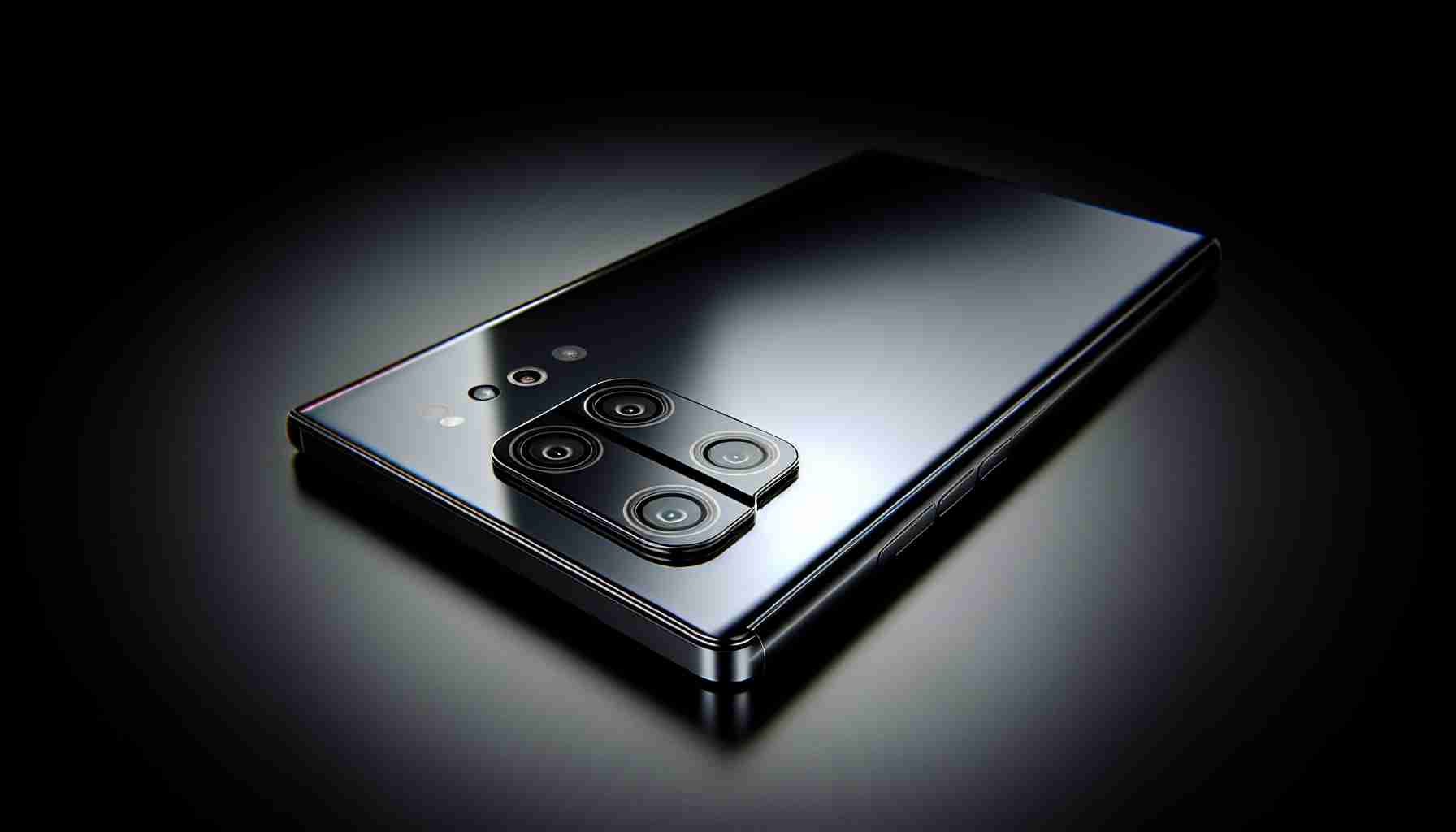Vivo has introduced the X100 Ultra, an advanced smartphone that redefines mobile photography standards. The device boasts an impressive 1-inch main camera, outfitted with Sony’s LYT-900 sensor, and is complemented by a game-changing 200-megapixel periscopic telephoto lens equipped with an ISOCELL HP9 sensor meticulously designed in collaboration with Samsung.
The cutting-edge periscopic camera unravels new potentials with its substantial 1/1.4″ sensor size, grossly outperforming the standard in telephoto lenses on smartphones. Its lens aperture, fixed at f/2.67, alongside its 85mm focal length equivalence, incorporates the renowned Zeiss T coating and Zeiss APO certification—symbols of premier optical performance with pronounced clarity and contrast definition at the edges.
With a 3.7 times optical zoom capability and a 20% enhancement in light sensitivity, the telephoto lens excels in capturing distant subjects. The macro mode pushes boundaries, achieving 20x magnification for detailed close-ups, while its superior CIPA-rated 4.5 photo stabilization ensures consistent stability for immaculate photographs.
The X100 Ultra marks the debut of Vivo’s exclusive BlueImage algorithm, an 8-year developmental milestone enhancing photo composition in challenging light conditions and detail preservation under low light settings. It also debuts the V3+ image processing chip to render 4K portrait videos with finesse.
A supplementary 50MP primary camera has an expansive 1/0.98″ sensor size with an aperture of f/1.75, catering for 4K video capturing at 120 frames per second, paired with 4K portrait video and Dolby Vision capabilities. The third rear camera mirrors the acuity of a 14mm ultra-wide lens.
Visuals are immersive with the 6.78-inch curved E7 LTPO AMOLED screen, emanating vibrant colors with a 1440 x 3200 pixel resolution and the adaptability of a 1-120Hz refresh rate, all under the brilliance of a peak 3000 nits brightness. Front-facing camera duties are handled by a 50MP shooter, with an ultrasonic fingerprint scanner for robust security.
Internals include the blazing-fast Snapdragon 8 Gen 3 processor paired with up to 16GB LPDDR5X RAM and expansive storage options ranging from 256GB to a vast 1TB. The device’s battery life does not disappoint either, featuring a 5500 mAh cell compatible with rapid 80W wired and 30W wireless charging.
Vivo’s X100 Ultra arrives in an elegant palette of titanium, white, and gray, priced competitively starting at $900 for a configuration of 12GB RAM with 256GB storage, climbing to $1105 for a top-tier class with 16GB RAM and 1TB storage, providing options for enthusiasts and professionals alike.
The Vivo X100 Ultra presents a remarkable step forward in smartphone camera technology, offering capabilities that set new benchmarks for professionals and photography enthusiasts. Below are some additional relevant facts, potential questions, challenges, and controversies, as well as the advantages and disadvantages of the device.
Additional Facts:
– Vivo’s collaboration with premium brands like Sony and Samsung for the sensors underscores their commitment to delivering top-notch imaging quality.
– Optical Image Stabilization (OIS) in the lenses, especially the periscopic telephoto lens, is likely a key feature to ensure reduced camera shake and better image quality at high zoom levels.
– The use of the Zeiss T coating and APO certification signifies a partnership with Zeiss, a renowned optics manufacturer, thus indicating a serious approach to lens quality.
Key Questions and Answers:
– Q: What is the BlueImage algorithm by Vivo?
A: The BlueImage algorithm is Vivo’s proprietary technology developed over eight years to enhance photo quality, especially in challenging light conditions, preserving detail and improving composition.
– Q: Does the X100 Ultra’s camera support RAW image capture?
A: Details about RAW support are not mentioned in the article, but many high-end smartphones with advanced cameras tend to support RAW image capture for more editing flexibility.
Key Challenges or Controversies:
– With high-resolution sensors, the file sizes of the images and videos are likely to be significantly large, necessitating more storage and potentially leading to challenges in transferring and managing files.
– The implementation of a 1-inch sensor could introduce challenges in the phone’s design, possibly resulting in a thicker body or a camera bump, which may affect the aesthetic appeal.
Advantages:
– Superior camera quality with innovations in telephoto, standard, and macro photography modes.
– High refresh rate and variable LTPO AMOLED display for smooth and vivid visuals.
– Long battery life with fast wired and wireless charging options.
– Powerful Snapdragon 8 Gen 3 processor ensures a smooth and fast user experience.
Disadvantages:
– Higher-end configurations come with a steep price tag, potentially limiting accessibility for some consumers.
– Compared to its competitors, the hefty focus on camera capabilities might come at the expense of other developments like software features or ecosystem integration.
– There may be concerns about the durability or weather resistance of the device with its advanced camera systems.
Vivo’s official website is a valuable resource for more information on the X100 Ultra and other Vivo products. If you would like to explore Vivo’s site for further details on the X100 Ultra or related offerings, you may do so through the following link: Visit Vivo. Please only consider this link if you are sure of its validity as per your request.
